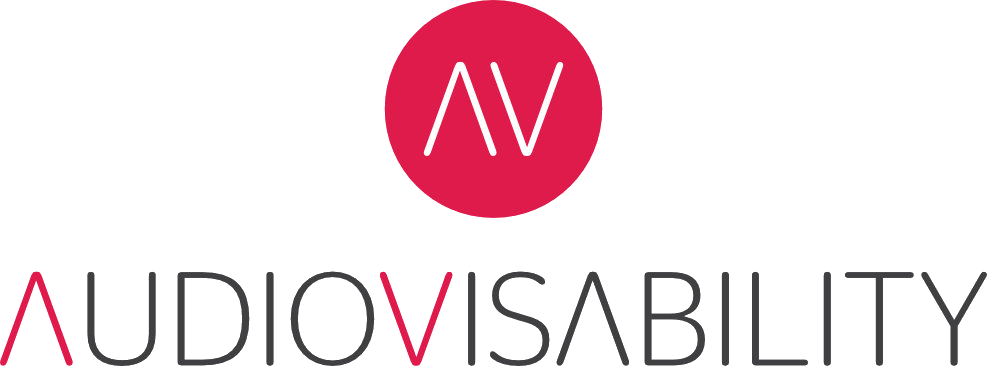Stories of Syria
‘The Unheard World’ has a layered meaning. We may all have seen the political perceptions of the Middle East, this project seeks to reveal the cultural heart of Syria and it’s beauty.
Stories of Syria is an original composition for solo piano by British-Syrian pianist and composer Waseem Kotoub in five movements. Audiovisability asked him to re-write it for flute violin viola cello oud and percussion. The music uses the composer’s own ideas, traditional folk melodies, dance themes, Arabic harmonies, and issues surrounding the Middle East. By putting together live painting by Rachel Gadsden, live captioning by Eloise Garland, and sign language by Nadia Nadarajah. Stories of Syria transits into an inclusive, integrated audio visual performance.
Musicians: Rihab Azar - oud, Jamal Sakka - percussion, Ruth Montgomery - flute, Thomas Leate - violin, Helen Sanders-Hewett - viola, James Greenwood - cello.
Concert Programme:
Dawn – Dance – Pain – Hope – Damascus Rose
1st movement: ‘Dawn’
‘Dawn’ means the rise of something – and in this case it does not refer to daybreak.
Instead, it implies of the dawn of a terrible war in Syria. It hints strongly at pain but doesn’t quite yet reach the intense levels seen later on.
Although the music is dramatic to begin with, it later becomes much softer with a feeling of memory or nostalgia of the sun rising in Syria in the old days. Following this, a dance begins – though it is not a pleasant dance, more so a march in a strangely military style. Towards the end people are rushing away from danger.
2nd movement: ‘Dance’
‘Dance’ is reflecting on the history of Syria – happiness, celebration, energy, pride, and most of all, dignity.
The movement is in Rondo form. Rondo means ‘circle’ and represents people dancing in a circle, like in Syrian heritage – Dabkeh. The strong accented notes give it a ‘mean strength’.
The rhythms in this movement are very important, dance ideas bouncing off, showing off their skills.
3rd movement: ‘Pain’
This movement is after the tragedies in Syria have taken place; people have been shot dead and mothers have lost their sons. Pain has now arisen.
The music is quite slow, set at a natural pace of a heartbeat and has a sense of being a funeral march.
This movement is non-political, and does not suggest that any party or groups were right or wrong. It is just to demonstrate scale of human loss and pain, of needless deaths, and the destruction of Syrian culture over the last 6 years.
4th movement: ‘Hope’
‘Hope’ is quicker in tempo and quite positive at the beginning.
There are many references to the past again in this movement, reflecting on and imagining how Syria used to be, with famous Syrian tunes and the hope it returns to days gone by. The people of Syria are determined to change things and make their hopes a reality for their future.
5th movement: ‘Damascus Rose’
The start of this movement is based off a famous Syrian folk tune. The Syrian oud player Rihab images the Syrian landscape with forests and wheat fields.
Children in Syria would have played alone in these areas. The music is very well known and special. Towards the end, it represents the rose opening; a new creation where by the instrument blend in unity.
However, at the very end, there is a contrast in the form of a surge – a sudden and surprising ending, signifying that the people of Syria are exclaiming their love and pride for their homeland.
Audiovisability team at Arlington Arts Centre, Newbury








